Among all the treasures in the vaults of the Bank of England, a spectacularly battered, zinc-lined leather case, soon to go on public display for the first time, has been carefully preserved for almost a century.
The tattered label sheds no light on its original contents, but identifies it as the property of one Captain Blair Imrie. A 1936 ledger, cataloguing some of the more eccentric objects in the bank's stores, describes it – not much more helpfully – as a "camel pack for carrying gold over deserts". But Threadneedle Street legend, passed on among generations of bank workers, insists the scruffy box has a surprisingly glamorous history, having been lent by the bank in the first world war to Lawrence of Arabia, when it was filled with gold supplied by the government to reward the desert Arabs he was recruiting to rise against the Ottoman Empire.

The box will go on display when the Bank of England Museum reopens to the public on Monday 31 March. Jennifer Adam, the curator, has also found some correspondence in the archives which hints at a closer relationship between the bank and Lawrence than anyone had suspected. Although there is no direct reference to the saddlebag, she believes the letters do suggest that the story that the box belonged to Lawrence could well be true, and explain why such a scruffy and ostensibly worthless object was kept so carefully.
One letter, from 1928, offered Lawrence a very improbable job. He was originally an archaeologist, who got caught up in the war because of his knowledge of the Middle East. By 1928 he was a celebrity for his wartime exploits – which would inspire David Lean's Oscar-winning movie – fuelled by romanticised newspaper accounts and magnificent photographs of him in flowing Arab robes. He was also a troubled man who had spent years struggling to complete Seven Pillars of Wisdom, his epic account of the war and the history of the region, and had enlisted in the Tank Corps and then the RAF under false names.
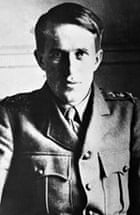
The letter suggested a startling new career for Lawrence: he could be reincarnated as a nightwatchman at Threadneedle Street. Adam believes the real purpose of the job offer was to give him a position in which he could get on with his writing away from the public gaze. The proposal came to nothing.
A second letter, in 1934, contained an equally odd proposition. Montagu Norman, the governor, had concluded that the Bank could do with a public figurehead, with the title of Secretary of the Bank, "with personality within and without the walls of the Bank". The offer of the post to Lawrence – who by then was regarded as worryingly unstable by many, including most of his superiors in all of his military careers – was apparently a private inspiration, as Adam found no official records of it, other than the copy of Norman's private letter. Not surprisingly, the idea was never taken up, and by then the sands were running out for Lawrence. The following year, months after finally leaving military service, he died when his motorbike crashed near his home in Dorset: historians still argue over whether it was an accident or suicide. "While we cannot state categorically that the saddlebag was used by Lawrence on his travels," Adam said, "we do wonder why the Bank would choose to keep such an unassuming object, unless it came with a significant story, or previous owner, attached."
The bag will now take its place in the reopening exhibition, Curiosities from the Vaults, among many other oddities that have never been on display, including a ballot box allowing secret voting designed by the architect Sir John Soane – he worked there for 45 years – which was used during meetings of the Bank's court of directors. Roman and medieval ceramics will also be on show: they were discovered during the 1920s when most of Soane's building, which many regarded as his masterpiece, was demolished.

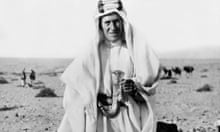
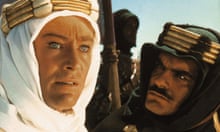

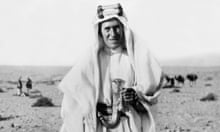
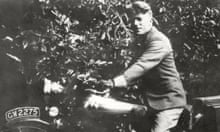
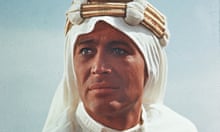
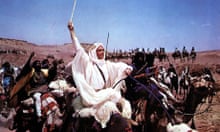

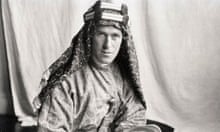
Comments (…)
Sign in or create your Guardian account to join the discussion